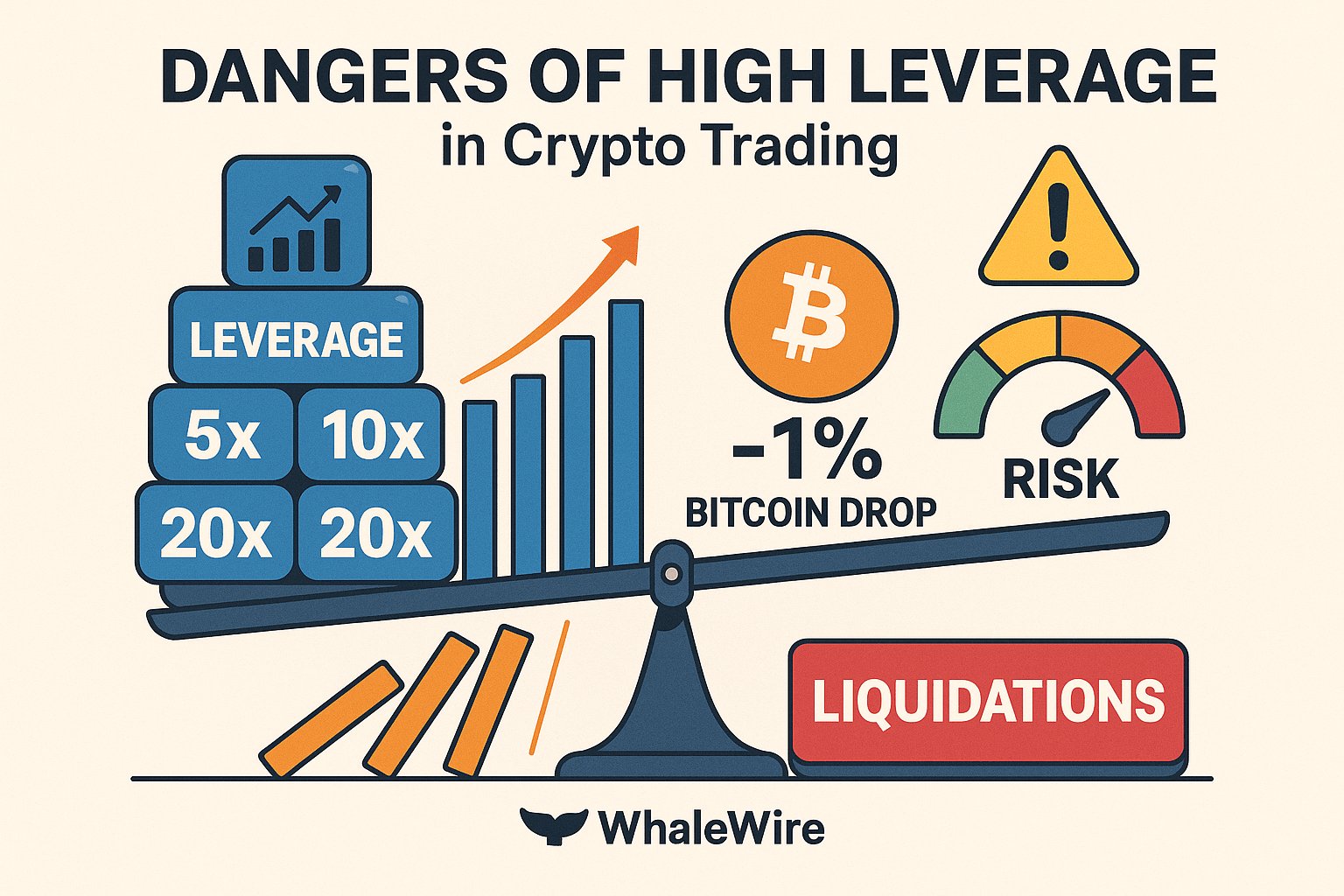
This number is shocking: Bitcoin's price has only dropped by 1%, yet $360 million has been forcibly liquidated within 24 hours, with over $100 million in liquidations occurring in the last 60 minutes. WhaleWire founder Jacob King bluntly warns that the current market leverage is absurdly high, and once investors rush to escape, the consequences will be unimaginable.
This asymmetrical scale of liquidation reveals a brutal truth: the risk exposure of market participants has reached its limit. Normally, a 1% fluctuation in the cryptocurrency market is not significant, but now it can trigger such a large-scale chain liquidation, indicating that many investors are using high leverage. It's like dancing on a tightrope; a small misstep can lead to a plunge into the abyss.
Historical lessons are vivid. The market crash in 2018, the 'Black Thursday' in March 2020, and the major correction in May 2021 were each accompanied by similar leverage liquidation storms. The common feature of these events is that during periods of extreme market optimism and historically high leverage, even slight fluctuations can trigger an avalanche effect.
From a technical perspective, the current liquidation model exhibits three dangerous characteristics. First, liquidations are highly concentrated and completed in a short time, indicating a lack of sufficient liquidity buffer in the market. Second, liquidations mainly involve long positions, reflecting an excessive bullish bet by investors. Finally, the trigger prices for liquidations are relatively high, meaning that even a slight pullback can lead to large-scale liquidations.
Behind the rampant leverage are multiple contributing factors. The prolonged rise has made investors forget about risks, ample liquidity has facilitated leveraged trading, and competitive pressure has forced investors to continually increase their risk exposure. In this environment, non-leveraged investors appear out of place, and this herd mentality further raises the overall leverage level.
For market participants, the current environment demands a reevaluation of risk management strategies. Institutions need to assess their survival capacity in extreme situations, retail investors must recognize the dangers of high leverage, and trading platforms need to enhance risk control to prevent the spread of systemic risks. At the regulatory level, financial regulatory agencies in multiple countries have begun to pay attention to this issue and may implement measures to limit leverage ratios and increase margin requirements. While these measures may suppress market activity in the short term, they will contribute to the healthy development of the market in the long run.


